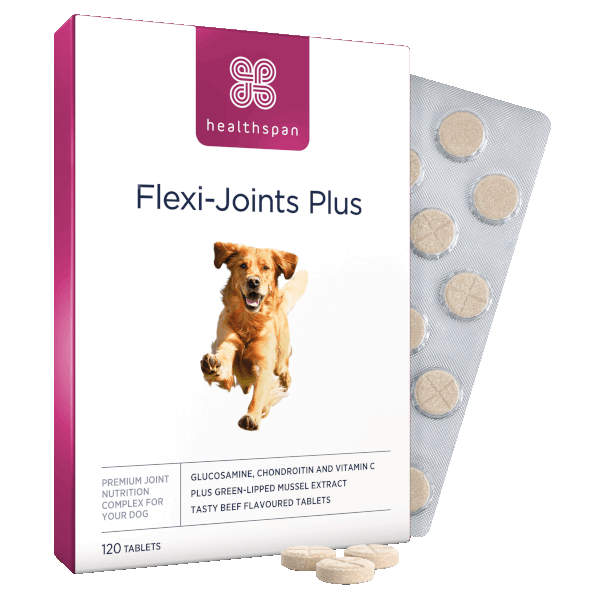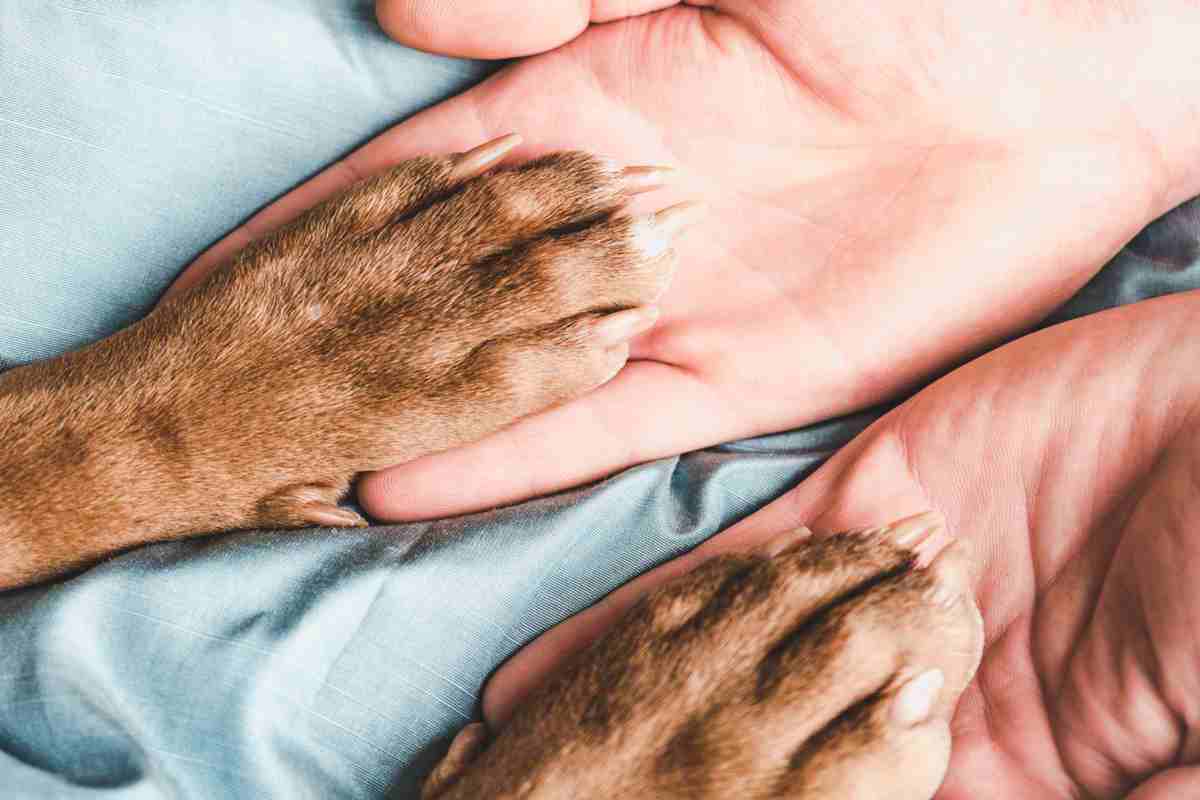With the help of natural therapies, supplements and a healthy lifestyle, it should be possible to minimise the use of pharmaceutical drugs and surgery in the treatment of joint conditions, says vet Richard Allport.
In 1996 I left the world of conventional veterinary medicine and opened a centre that specialises in natural therapies for pets. What I have seen in the years since is an ever-increasing interest in alternatives to pharmaceutical drugs and surgery.
This is particularly the case in arthritis, spinal problems and other joint conditions, where often the only treatment available from vets is long term anti-inflammatory and pain-killing drugs. These drugs often have significant risks of causing adverse effects on liver, kidneys and the digestive system the longer they are administered.
Sometimes the use of natural therapies can avoid the necessity of your pet having to go through surgery. For instance, vets who practice such therapies regularly treat cruciate ligament disease in dogs (a condition affecting the knee joint) and quite often major orthopaedic surgery on the joint can be avoided.
However, it's important to stress that you should never take your pet off any prescribed medication without discussion with your vet first. If your pet is already taking medication, natural therapies are usually given alongside existing treatment to begin with, although frequently this medication can be reduced and sometimes stopped if natural therapies are successful.
Nutrition
Glucosamine and chondroitin are probably the most well-known ingredients used in joint care supplements and have been used for many decades, but curcumin, the active ingredient of turmeric, is also becomingly increasingly well known. The effects of curcumin on inflammation have been researched and proved to perform positively. A study published in 2014 showed it outperformed ibuprofen in people with arthritis. Pain levels were reduced more in those taking turmeric compared with the group taking Ibuprofen, and 96% of the curcumin group were satisfied with the treatment.1
Another study in 2004 showed curcumin worked better than aspirin and Ibuprofen and just as well as anti-inflammatory drugs in general.2 There are some similar studies in dogs as well, for instance a report in Research in Veterinary Science in 2016 confirmed the anti-inflammatory of curcumin in dogs with arthrosis.3
I have been advising and prescribing turmeric for my canine patients for many years in my veterinary practice, and I can confirm from my personal experience that I find it an invaluable tool in my natural medicine kit to help in the treatment of inflammation and to relieve the symptoms of pain and discomfort caused by inflammation.

Flexi-Joints Plus
Advanced joint support for dogs with 500mg glucosamine and 100mg chondroitin
- Advanced formulation to support your dog's joint health
- 500mg glucosamine HCl and 100mg chondroitin sulphate
- Can be eaten whole or crumbled into food. Perfect for older dogs
Acupuncture
There is a traditional Chinese belief that energy (chi) flows through the body along channels, known as meridians, and that illness and disease is a result of blockages and imbalances in this energy flow. The insertion of needles at the correct points along one or more meridians will stimulate, suppress or rebalance the abnormal energy flow and this will lead to a recovery of health.
How this works in practice is not fully understood, but it is a simple fact that acupuncture is a remarkably effective treatment for pets for all musculoskeletal system problems, including arthritis, spinal disease and ligament damage.
Acupuncture is a skilled technique, requiring extensive training, and legally only a veterinary surgeon may carry out acupuncture on your dog. If you are interested in acupuncture for your pet you will need to ask your vet to refer you to a member of the Association for British Veterinary Acupuncture (ABVA).
Acupuncture treatment involves an initial consultation and examination, followed by a course of acupuncture sessions, usually weekly for three or four weeks, followed by sessions at longer intervals, depending on response to treatment and the nature of the problem being treated. A pulled muscle or sprained ligament is not likely to need long-term treatment, whereas long-standing arthritis will.
Most pets accept the insertion of acupuncture needles surprisingly well. The needles are very fine and rarely cause discomfort, especially if your pet stays still. Many pets become quiet and sometimes sleepy during a session and many have a good rest when they get home! Sessions usually last from ten to twenty minutes, depending on the problem. Sometimes improvement in symptoms is seen after the first session, but it may take two or three sessions to see change in some cases, so it is always advisable to give a course of sessions before assessing the results.

A hands-on treatment can give great results for lots of pets.
Manipulative therapies
This is a generic term that covers a wide range of techniques that all include some form of massage, manipulation or specialist exercise programme. The best known, and most commonly available, are hydrotherapy, physiotherapy, osteopathy and chiropractic. There are also practitioners in various forms of canine massage, which can be particularly helpful for sprains and strains and especially in promoting return to normal function after accidents or surgery.
Some veterinary centres have facilities for hydrotherapy on site, otherwise there are a number of hydrotherapy pools available throughout the UK. It is advisable to use the services of a hydrotherapy centre that has a physiotherapist on-site if possible; this will enable the most suitable programme of treatment to be formulated for each patient. This is applicable to any form of joint problem, but especially in returning to normal after accidents or surgery.
Many veterinary practices can offer the services of a visiting physiotherapist or osteopath, but often these and other manipulative therapies are only available at separate locations. Legally a practitioner of any of these therapies may only offer treatment on referral from a vet: all practitioners should be able to show you evidence of their qualifications in their field of expertise, and vets will only refer your pet to a practitioner they know and trust.
Treatment usually consists of therapy sessions once or twice weekly over a period of time, but the number and frequency of sessions naturally depends on the severity of the condition and whether it is a short-term injury or a long-term disability. Physiotherapy, hydrotherapy, osteopathy and all the other massage and manipulation techniques can significantly promote recovery after injury and surgery, increase mobility and improve general health and wellbeing.

The number of treatments your pet will require depends on the severity of their injury – but you may see a difference after just a few sessions.







